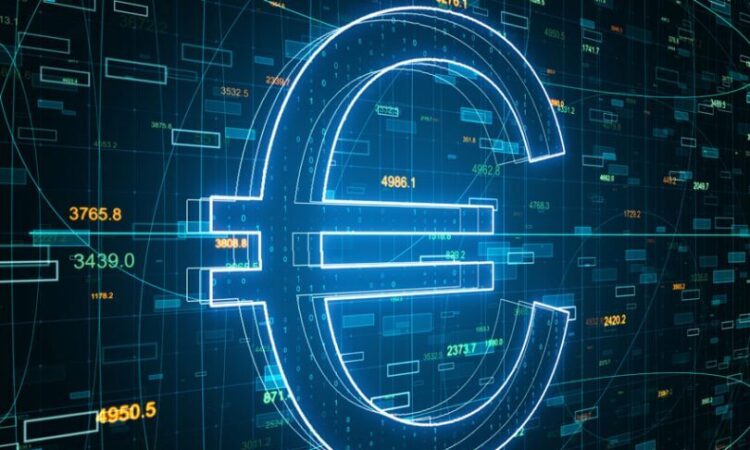
The euro stands as a cornerstone of financial transactions within the European Union, serving as the official currency for 19 of its member countries. This article delves into the history, significance, and current trends of the euro, providing a comprehensive overview for investors, travelers, and anyone interested in understanding the dynamics of this pivotal currency.

The Euro: A Brief History
Introduced in 1999 as a virtual currency and launched in physical form in 2002, the euro was created to facilitate easier trade and economic stability across Europe. By replacing the individual currencies of member states, the euro aimed to strengthen the European market, making it more competitive globally. Today, the euro is the second most traded currency in the world after the U.S. dollar, reflecting its critical role in international finance.
Significance of the Euro in Global Markets
The euro’s introduction marked a significant shift in global economic dynamics, influencing trade, investments, and monetary policy beyond Europe’s borders. Its strength and stability are closely monitored by investors and central banks worldwide, as fluctuations in the euro’s value can have far-reaching implications for global markets.
Factors Influencing the Euro’s Value
Several key factors impact the value of the euro:
- Economic Indicators: Data such as GDP growth, unemployment rates, and inflation within the Eurozone can sway the euro’s strength against other currencies.
- Monetary Policy: The European Central Bank’s (ECB) decisions on interest rates and quantitative easing measures directly affect the euro’s value.
- Political Stability: Political events within the EU, such as elections, policy changes, or Brexit, can lead to volatility in the euro’s valuation.
- Global Market Sentiment: The euro is also influenced by broader global economic trends and investor sentiment.
Investing in the Euro
For investors, the euro presents opportunities for diversification and potential gains. Forex traders actively engage with the EUR/USD pair, one of the most traded currency pairs, to capitalize on fluctuations in the euro’s value. Additionally, bonds and stocks denominated in euros can offer investment avenues for those looking to tap into the European market.
Challenges and Opportunities Ahead
The euro faces several challenges, including economic disparities among member states, political tensions, and external economic pressures. However, these challenges also present opportunities for growth and reform within the Eurozone. The future of the euro will likely be shaped by how effectively the EU addresses these issues, fostering economic integration and stability.
Conclusion
The euro represents more than just a currency; it embodies the European Union’s ambition for unity, stability, and prosperity. Understanding the euro’s intricacies is essential for anyone engaging with the European economy, whether through travel, investment, or trade. As the Eurozone continues to evolve, the euro will remain a key player in the global financial landscape, influencing economic policies and market trends worldwide.



